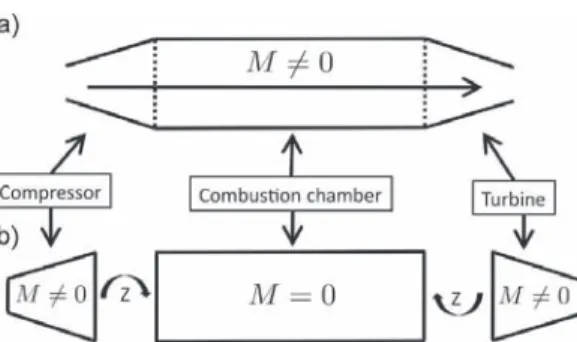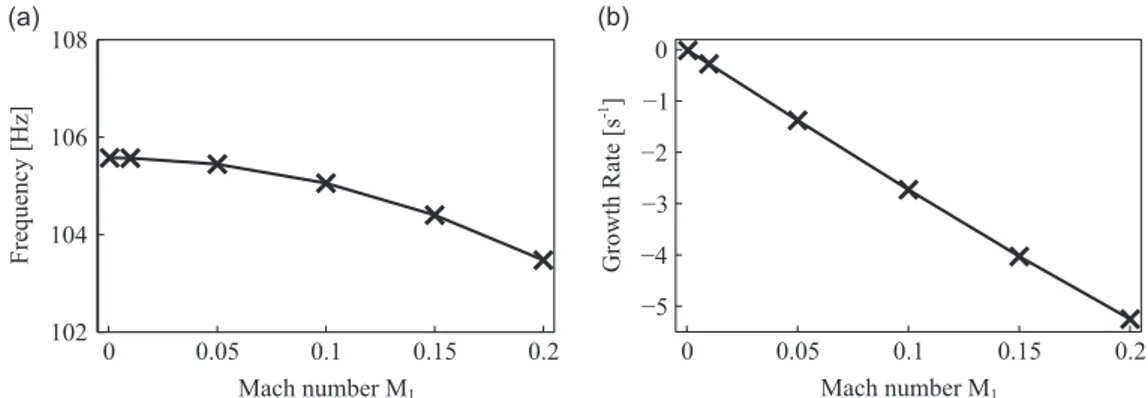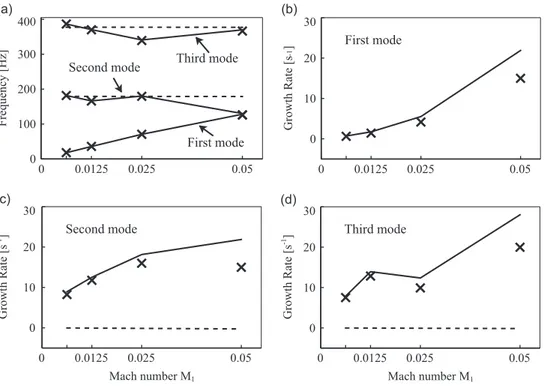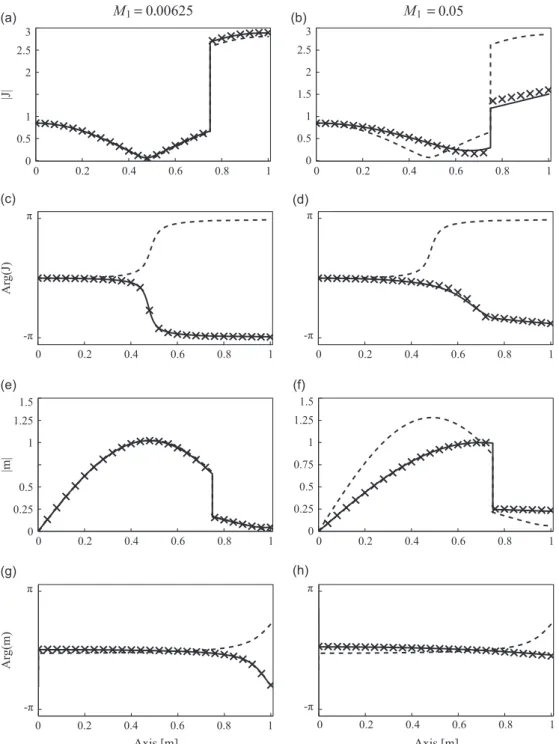Accounting for convective effects in zero-Mach-number thermoacoustic models
Texte intégral
Figure




Documents relatifs
We now consider the response of the climatic oscillator described by eqs. Our purpose is to show that the forcing provides the synchroni- zing element that was
Note that to remain consistent with the (quasi-)1D assumption that will be made hereafter, modes with 2D or 3D spatial structure must be excluded from the be- ginning. To this end,
With regards to the low Mach number limit problem, we will see below that one can rigorously justify the low Mach number limit for general initial data provided that one can prove
To avoid repetition, we only mention that one can rigorously justify the low Mach number limit for general initial data provided that one can prove that the solutions are
The result of the study is that for a good representation of unsteady flows containing acoustic information, the pressure-velocity coupling coefficient must explicitly depend on
When a number is to be multiplied by itself repeatedly, the result is a power of this number.
We define a partition of the set of integers k in the range [1, m−1] prime to m into two or three subsets, where one subset consists of those integers k which are < m/2,
It is expected that the result is not true with = 0 as soon as the degree of α is ≥ 3, which means that it is expected no real algebraic number of degree at least 3 is



